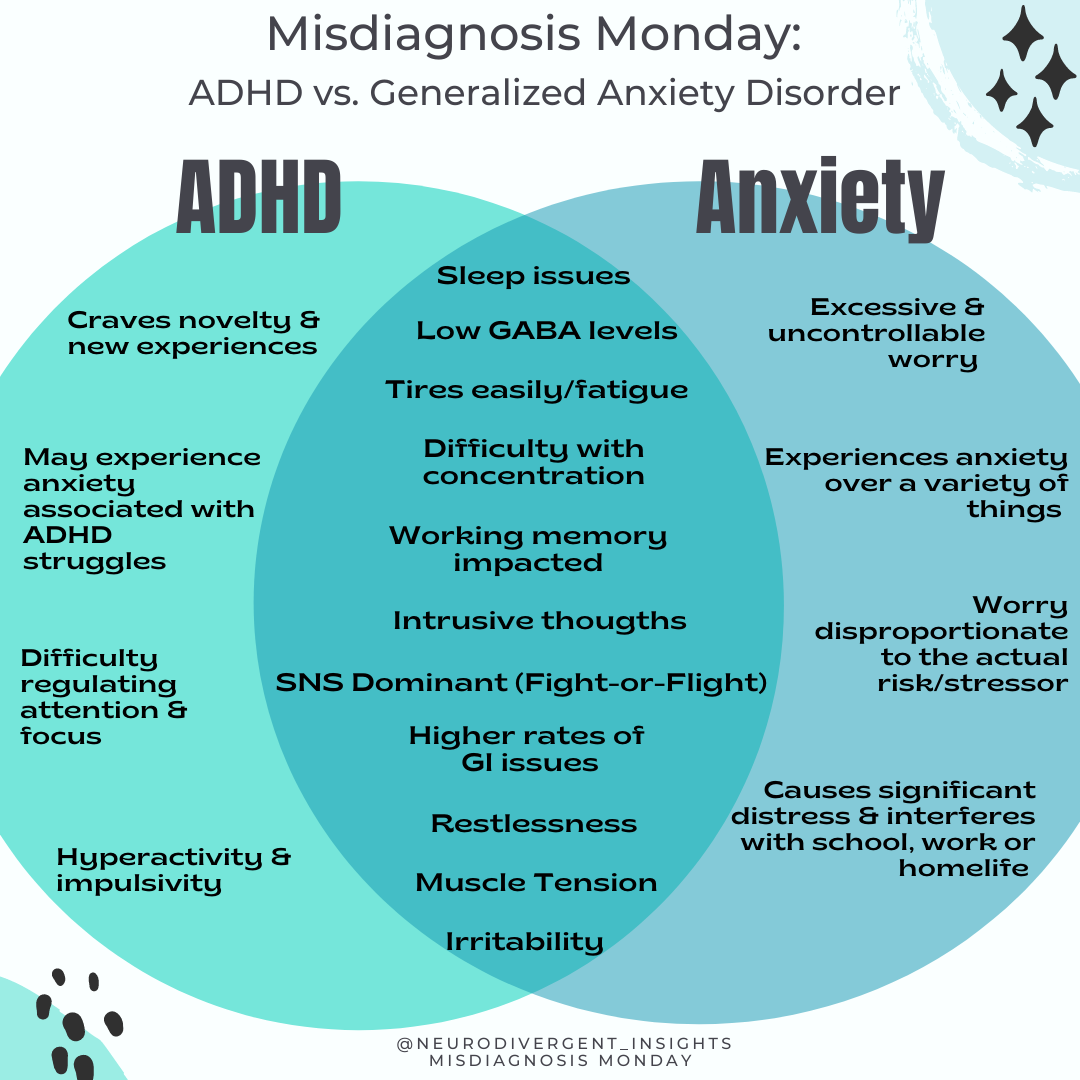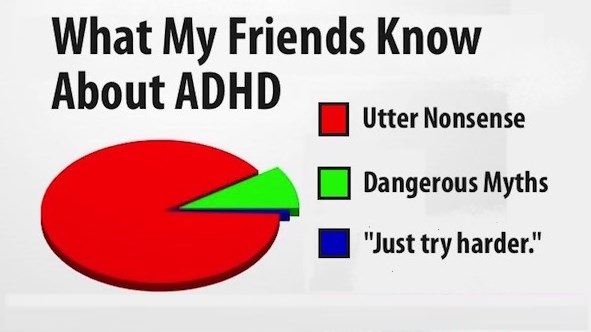

There needs to be clear evidence that the symptoms interfere with the individual’s quality of life.Ī doctor will also consider whether another disorder can explain these symptoms. Symptoms must also appear in multiple environments, such as school, work, home, and in social situations. An example of this might be a high school student who regularly climbs on top of the classroom table.

The symptoms will also be inappropriate for a person’s developmental level. In a person with ADHD, however, these symptoms severely affect their social, school, or work life. The severity of symptoms is also important.Įveryone forgets their keys from time to time, and many children do not like doing homework. Three or more symptoms of inattentive or hyperactive-impulsive behavior must have been present before the age of 12 years.The symptoms must be present for at least 6 months before diagnosis.An adolescent or adult must have at least five of the above symptoms.A child must have at least six of the above symptoms.A person who misses an appointment or talks a lot does not necessarily have ADHD. Showing any combination of the above symptoms alone is not enough for a diagnosis of ADHD. blurting out answers before a question is finished.interrupting others in conversation or intruding on activities.regularly leaving their seat at inappropriate times, such as during work meetings, classes, or presentations.squirming in their seat, fidgeting with objects on their desk, or tapping their hands or feet.People with hyperactive-impulsive type ADHD will have the following symptoms: trouble holding attention on tasks or social activities.seeming not to listen when being spoken to.regularly losing focus on schoolwork, chores, or duties in the workplace.avoiding, disliking, or postponing tasks that are not interesting.

regularly losing things that they need to complete tasks.being easily distracted from the task at hand.difficulty organizing tasks or activities.People with this form of ADHD, (previously ADD) will not have signs of hyperactivity, but, they may have the following symptoms: The DSM-5 lists the diagnostic criteria for a range of mental conditions, including ADHD. The signs and symptoms of ADHD vary depending on the type of disorder.


 0 kommentar(er)
0 kommentar(er)
